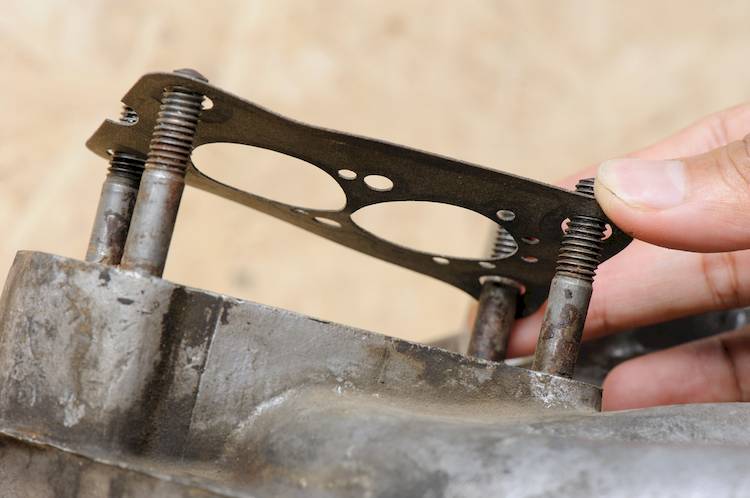

The only way that a car will be able to run as intended is when it has the right air and fuel mixture. With all of the components on a car that are intended to manage this flow, it can be a bit overwhelming to keep up with them all. The intake manifold is mounted on the top of the engine and is intended to direct the air in the engine to the right cylinder during the combustion process. The intake manifold gasket is used to seal the manifold and prevent the coolant that passes through there from leaking. When the car is being ran, the manifold gasket will have to seal properly.
The intake manifold gasket on a car is supposed to last around 50,000 to 75,000 miles. In some instances, the gasket will fail before this date due to the amount of wear and tear that it undergoes on a daily basis. Some of the intake manifold gaskets are made of rubber, while some are made of a thicker cork material. In most cases, the cork gaskets will wear out a bit faster than the rubber due to the fact that the rubber gaskets will adhere better to the manifold.
If the intake manifold gasket is not sealing properly, then it can cause a variety of different issues. Having the coolant leaking out of the seal can create overheating issues. Generally, the only time you will even notice the intake manifold gasket is when you are experiencing issues with it. Replacing the intake manifold gasket on a car is a very complicated job, which is why it is important to use a well-trained professional for the job. The professionals will be able to remove the old gasket without creating any additional damage.
The following are some of the signs that you may notice when it is time to get new intake gaskets:
- The engine is overheating on a regular basis
- There is coolant leaking from the manifold
- The engine is running rough
- The Check Engine Light is on
Getting your damaged intake manifold gasket fixed quickly can reduce the damage that overheating can do to the engine.



